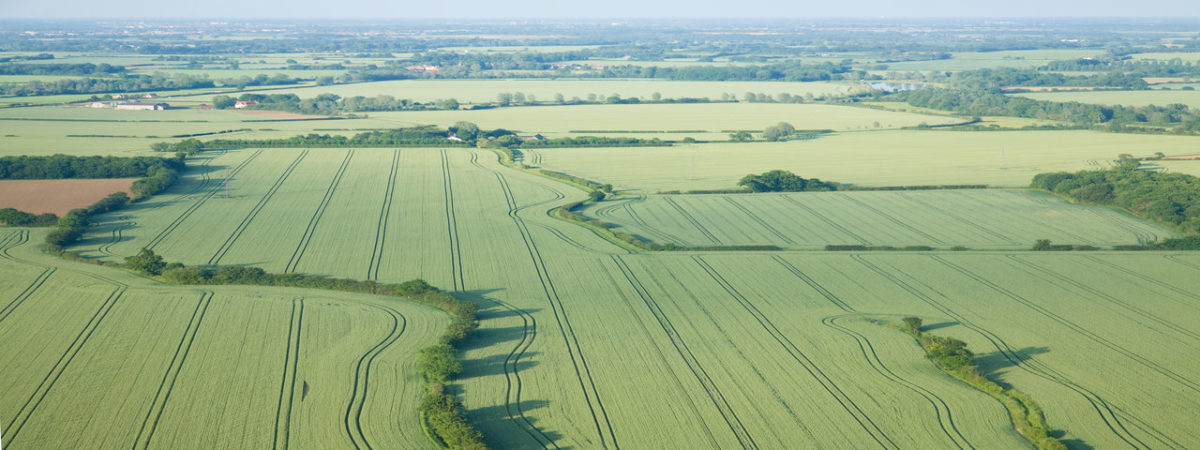Economic Freedom of the World 2013 Annual Report
SUGGESTED


Palm oil production could be key in solving rising food costs

The latest edition of this annual report, published in association with the Institute of Economic Affairs
Economic Freedom of the World
The index published in Economic Freedom of the World measures the degree to which the policies and institutions of countries are supportive of economic freedom. The cornerstones of economic freedom are personal choice, voluntary exchange, free- dom to compete, and security of privately owned property. Forty-two variables are used to construct a summary index and to measure the degree of economic freedom in five broad areas:
- 1 Size of Government;
- 2 Legal System and Property Rights;
- 3 Sound Money;
- 4 Freedom to Trade Internationally;
- 5 Regulation.
Since our first publication in 1996, numerous studies have used the data pub- lished in Economic Freedom of the World to examine the impact of economic free- dom on investment, economic growth, income levels, and poverty rates. Virtually without exception, these studies have found that countries with institutions and policies more consistent with economic freedom have higher investment rates, more rapid economic growth, higher income levels, and a more rapid reduction in poverty rates.
The EFW index now covers 152 countries and territories. Data are available for approximately 100 nations and territories back to 1980, and many back to 1970.3 This data set makes it possible for scholars to analyze the impact of both cross-coun- try differences in economic freedom and changes in that freedom across a three- decade time frame.
Economic freedom from around the world
Average chain-linked rating
The average chain-linked economic freedom rating for the 101 countries with rat- ings since 1980 has increased from 5.34 in 1980 to 5.82 in 1990 to 6.74 in 2000 and finally to 6.87 in 2011. After a global average drop between 2007 and 2009, the aver- age summary rating increased modestly in both 2010 and 2011, though it remains below its peak level of 6.92 in 2007. The chain-linked index is used for this compari- son because it is most appropriate for measurement of changes across time.
Countries included
There are 152 countries included in this year’s index, up from 144 last year. The new countries added to the index (with data for both 2010 and 2011) are Brunei Darussalam, Cape Verde, The Gambia, Lebanon, Suriname, Swaziland, Tajikistan, Timor-Leste, and Yemen. Because of the civil war and the unreliability of the data since 2011, the rating for Syria has been temporarily suspended, though historical data are included in Chapter 2: Country Data Tables.
Top-rated countries
Hong Kong and Singapore, once again, occupy the top two positions. The other nations in the top ten are New Zealand, Switzerland, United Arab Emirates, Mauritius, Finland, Bahrain, Canada, and Australia.
Other major countries
The rankings of some other major countries are: United Kingdom (12th), United States (17th), Germany (19th), Japan (33rd), South Korea (33rd), France (40th), Italy (83rd), Mexico (94th), Russia (101st), Brazil (102nd), India (111th), and China (123rd).
Lowest-rated countries
The ten lowest-rated countries are: Algeria, Democratic Republic of Congo, Burundi, Central African Republic, Angola, Chad, Zimbabwe, Republic of Congo, Myanmar, and, in last place, Venezuela. Eight of the countries in the bottom ten are located in Africa.
Nations that are economically free out-perform non-free nations in indicators of well-being
- Nations in the top quartile of economic freedom had an average per-capita GDP of $36,446 in 2011, compared to $4,382 for nations in the bottom quartile in 2011US(PPP) dollars (Exhibit 1.6).
- In the top quartile, the average income of the poorest 10% was $10,556, compared to $932 in the bottom quartile in 2011US(PPP) dollars (Exhibit 1.9). Interestingly, the average income of the poorest 10% in the most economically free nations is more than twice the overall average income in the least free nations.
- Life expectancy is 79.2 years in nations in the top quartile compared to 60.2 years in those in the bottom quartile (Exhibit 1.10).
- Political and civill iberties are considerably higher in economically free nations than in unfree nations (Exhibit 1.11).
For the full dataset – and to download individual chapters – please click here.



